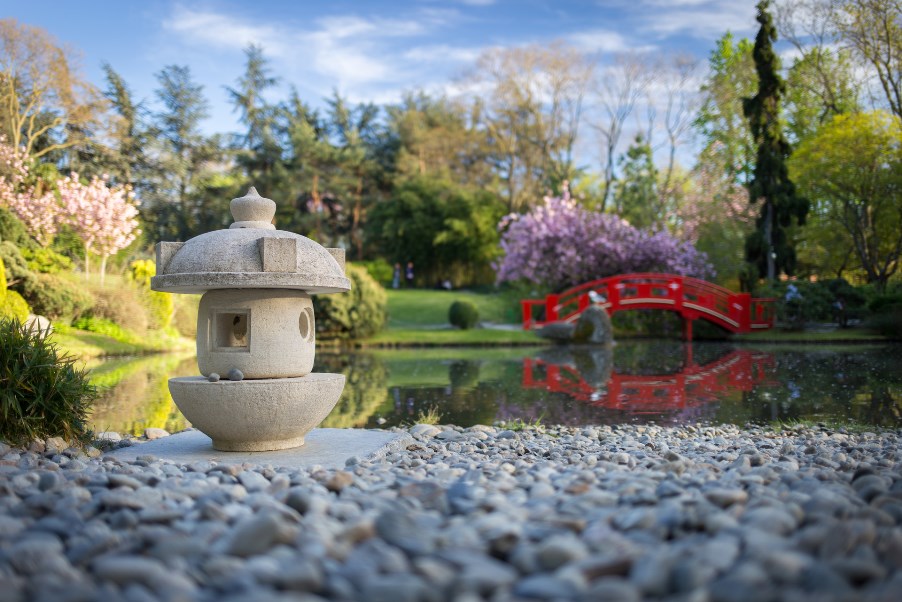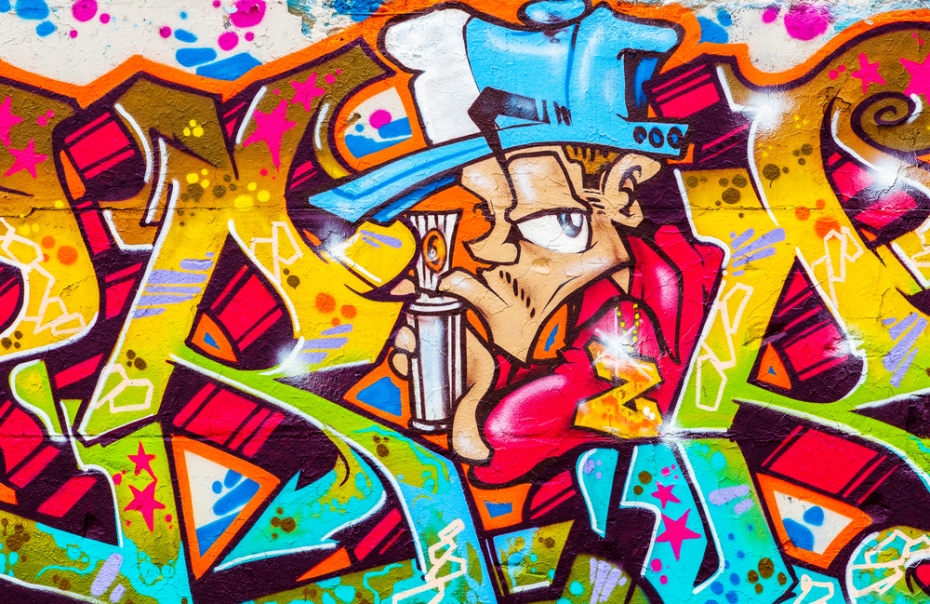Toulouse – France
Toulouse is a captivating city with distinctive charm, diversity, and a host of sights to uncover.
First-time visitors to Toulouse who stopover for a one-night stay on their way south to the beaches of Biarritz or San Sebastian-Spain, often regret not having planned on spending more time to explore this remarkable city, which has yet to be overrun by an over-abundance of tourists.

Located in France’s southern Occitanie region, Toulouse is blessed with a temperate, subtropical climate. It’s wrapped within the arms of the Canal du Midi, a gently flowing waterway that’s rimmed by a walkway, which serves as a bike path, a jogger’s delight, and a walking track. The Garonne River, straddled by numerous bridges, runs through the city.

Begin your exploration of historic Toulouse by walking either from Place Jeanne d’Arc towards Place du Capitole or at Place Wilson, where Rue Juan Juares links Canal du Midi with the center of the city.
Oval shaped Place Wilson is a popular landmark and meeting place ringed by outdoor restaurants and stores. At its center, is a carousel beloved by children and adults alike, and a grand circular fountain, dedicated to Pierre Goudelin, a 17th-century Toulousain poet and troubadour. The fountain is surrounded by park benches, manicured flower beds bursting with color, and huge leafy trees.

Choose any of the narrow streets that shoot off Place Wilson and browse the boutiques, cafés, and small squares, which offer a secluded and atmospheric environment for great outdoor dining, where children and dogs romp while the adults relax with friends over tea and pastries or a meal and a bottle of wine. As one wanders the maze of narrow streets, one can’t help noticing the abundance of rose-colored brick buildings, which earned Toulouse the endearing name of La Ville Rose – The Pink City.

From the mid-15th century to the mid-16th century, the merchants of Toulouse dominated the ‘pastel’ trade in Europe. The pastel plant produces a blue dye, which is remarkable for the palette of hues that range from pale to deep blue.
When the demand for pastel by Europe’s fabric producers soared, farmers in the region surrounding Toulouse began cultivating the plant, and merchants started exporting vast amounts of the dye. The pastel petals were harvested and ground into balls known as Coques (balls of concentrated dye), from which the blue dye was extracted.
The boom years of the pastel trade became known as ‘the Golden Age of Toulouse.’ Merchants accumulated enormous wealth and built rose-colored brick mansion-houses, like sumptuous palaces, that became a symbol to society of their success and status. When indigo from Asia reached European shores, the popularity of pastel began to wane. Indigo was plentiful, cheaper, easier to process, and more colorfast.
There are 142 mansion-houses within the city’s heritage site. Among them Hôtel Assézat, Hôtel de Pierre Comѐre, Hôtel Delfau, and Hôtel de Nupces. Explore the area between Place du Capitole and the Palais de Justice, and you’ll come across many of them. Just remember to look up, or you may miss them. (Visit the Toulouse Tourist Office where you can book a tour of the mansion-houses).

Hotel Assezat
Place Charles de Gaulle is one of a myriad of gorgeous squares in Toulouse. The soothing rhythmic sound of dancing fountains and the imposing Don Jon Du Capitole tower entice one into the square. Referred to by locals as the ‘Donjon,’ the tower was constructed in 1525 and used to store gunpowder and important municipal documents. Today it houses the Tourist Information Office and a souvenir shop. Don’t miss a stroll through the playground adjacent to Donjon, where you’ll come across the much loved and photographed sculpture, La Maternité (Motherhood), by the artist Toutain.


Walk to the left of Donjon, and you’ll come to the massive and breathtaking Place du Capitole. Place du Capitole is impressive at any time of day, but the evenings when the lights sparkle and the majestic Hôtel de Ville and Opera House glow as they preside over this immense historic square, is a memorable sight.

Restaurants, cafes, and stores surrounding the square come to life; couples dance the tango; strolling musicians and buskers entertain the passersby.


The interior of the Hôtel de Ville (City Hall) is covered floor to ceiling in magnificent artwork. There are ballrooms, meeting halls, reception rooms, and the City Council Chamber, where council members continue to hold their meetings to this day. (There is no entrance fee to visit City Hall).




The Théâtre du Capitole adjoining City Hall is home to an opera company, a ballet company, and a symphony orchestra.

The Theatre du Capitole
Toulouse is well known for its 19 Universities. The oldest, the University of Toulouse, established in 1229, is also one of the oldest universities in Europe. The presence of students everywhere gives the city a youthful, invigorating energy.
On the left bank of the Garonne River, the copper dome that crowns the chapel of Hôpital de La Grave is a Toulouse landmark. It dominates the Saint Cyprien quarter, a vibey neighborhood, where a bustling daily market takes place, and boutiques, bakeries, outdoor cafes, and quaint squares – where men play ‘petanque’ (a form of boules), occupy the web of small streets.

Three bridges connect the left and right banks: Pont St. Pierre and Pont Neuf, which deliver one to Place St. Cyprien (St. Cyprien Square) and the Metro Station, and Pont des Catalans, which leads to Les Abattoirs. Les Abattoirs – the city’s slaughterhouse from 1827 to 1988 – is now a museum of modern and contemporary art. Its substantial size makes it a perfect structure in which to showcase oversized works of art.

Of the three bridges, ironically, Pont Neuf (New Bridge) is the oldest and most beautiful. Walk across Pont Neuf with its seven arches to the right bank; stroll the promenade Henri-Martin; find a table at an outdoor café on Place de Daurade and savor the sunset when the Garonne River, the bridges, and La Grave, glow in the waning light.

For a change of pace and quietude – spend some time in Toulouse’s collection of beautiful gardens. Jardin Royal is a formal landscaped garden with an assortment of lovely trees; Jardin du Grand Rond dates back to the mid-18th century. Visit in the spring and early summer when a sea of flowers bloom; Jardin des Plantes (early 18th century), is known for its many species of plants with medicinal properties, and outdoor sculptures; while the Jardin Japonais, with its zen gardens, beckons one to linger and be transported to another world.

Jardin du Ronde

Japanese Gardens
Not far from the Jardin Japonais ( The Japanese Gardens) is the Arnaud Bernard quarter: an outdoor gallery, where walls are covered in vibrant street art. Start at the Embarthe Gardens, where the oldest example of Toulouse graffiti is still visible. Walk the length of Rue Gramat and make your way to Place Arnaud Bernard. Immerse yourself in the creative kaleidoscope of colors, patterns, designs, and images.

Toulouse is a city rich in history, art, architecture, culture, and diversity. Today this remarkable city has reinvented itself to become the largest center for Aerospace in Europe. Plan on spending several days exploring this delightful city that has so much to offer.
Disclosure:
